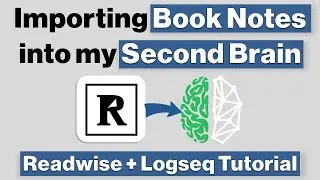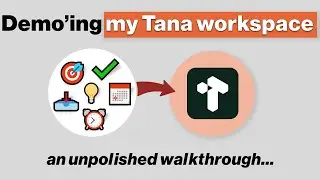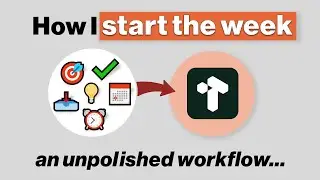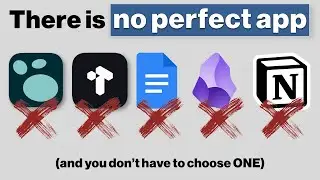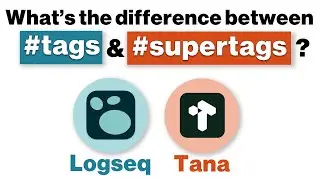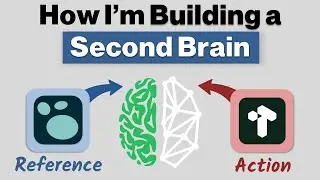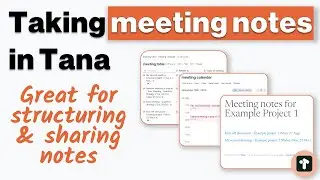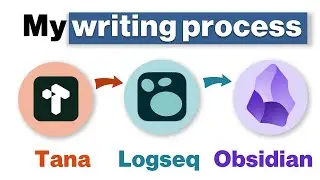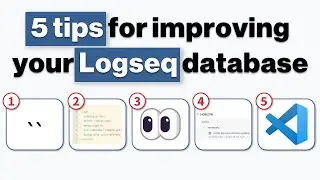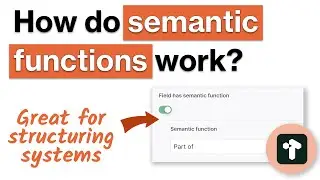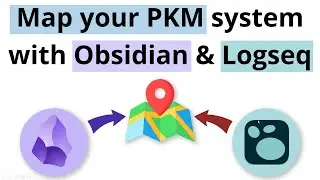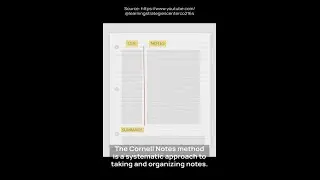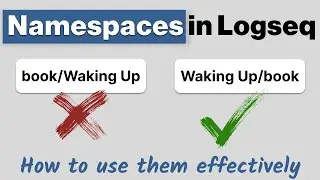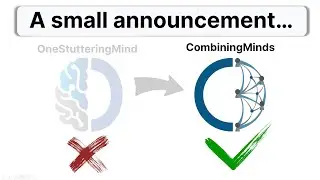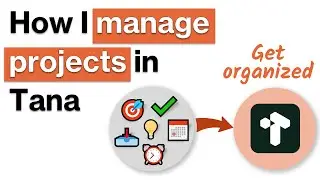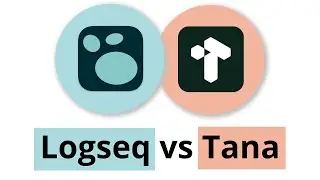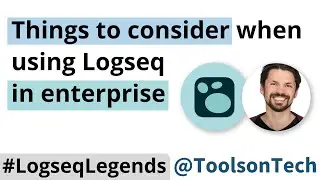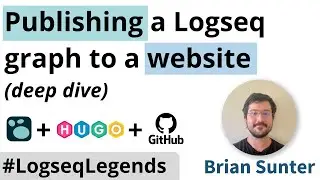Logseq beginner's course (4/8) - Adding structure with bi-directional links
ADDING STRUCTURE WITH BI-DIRECTIONAL LINKS
───────────────────────────────────────────────────────────
Entering your notes into the Journal page is a new paradigm, but this doesn't mean that you need to forsake all structure.
The way you do that in a network note-taking app is by adding by-directional links. This allows you to resurface information in your database easily when you need it, whilst still allowing you to enter information in a low-friction way.
Once you understand linking, you will be able to configure your own workflows more easily, and set-up a system that works the way that your own mind works.
🤓 LOGSEQ COURSE
───────────────────────────────────────────────────────────
Want to learn how to be more effective in Logseq? My course "Logseq Mastery" is now available here 👉🏽 https://www.logseqmastery.com 🙌🏽
If you're struggling to manage all your notes and information across personal, professional and academic life, then this is for you. I've built out a structured approach to mastering Logseq from the bottom-up, so that you don't need to navigate through a mass of disparate YouTube tutorials.
Logseq is a powerful combination of a text editor, an outliner, and a linked-network builder, but there is admittedly a learning curve. The course has a wealth of write-ups, videos and diagrams to smooth your transition and quickly master the set of tools available to you in Logseq.
⏲TIMESTAMPS
───────────────────────────────────────────────────────────
00:00 Adding structure with bi-directional links
01:13 Bringing the linked information to the service
01:35 Thinking about how to build links to resurface information
02:36 Linking to pages in addition to Journals
04:29 Adding links using the hashtag
05:47 Some things to think about when using backlinks
07:23 How Logseq treats hashtags and square brackets
07:40 Approach: Using backlinks in the Daily Journal to find things later on
08:36 Up next: Task management and efficient retrieval









